Trappertim
Member
THanks Paul!


I need some advice in the midst of a drought here in Southern Iowa. I currently have 3 plots, 1 acre of clover, 1 acre of soybeans, & 1/2 acre of clover. Initial plan was to put till under the clover plots for brassicas and have a nice stand of soybeans in the third plot.
Currently my beans are eaten down to nothing so I will till them under in late August/early Sept. and plant Paul's cereal rye combo.
My clover is brown and looking worse by the day. SO....with record high temps and no significant chance of rain in the forecast do I go ahead and till under my 2 clover plots(leaving 10% in clover around the edges) and plant brassicas? OR leave one or both clover plots in hopes they will bounce back and I'll have something green to hunt over in the fall/winter and forget the brassicas?
Just curious what you guys would do. If I do plant the brassicas I am looking at soon with the best chances of rain we've had in my area for a while mid-week.
Same boat here. Still doing brassicas this weekend and praying for rain. 10% clover is looking real bad. Going to leave it and just frost seed into it in the spring.
I need some advice in the midst of a drought here in Southern Iowa. I currently have 3 plots, 1 acre of clover, 1 acre of soybeans, & 1/2 acre of clover. Initial plan was to put till under the clover plots for brassicas and have a nice stand of soybeans in the third plot.
Currently my beans are eaten down to nothing so I will till them under in late August/early Sept. and plant Paul's cereal rye combo.
My clover is brown and looking worse by the day. SO....with record high temps and no significant chance of rain in the forecast do I go ahead and till under my 2 clover plots(leaving 10% in clover around the edges) and plant brassicas? OR leave one or both clover plots in hopes they will bounce back and I'll have something green to hunt over in the fall/winter and forget the brassicas?
Just curious what you guys would do. If I do plant the brassicas I am looking at soon with the best chances of rain we've had in my area for a while mid-week.
Winter rye 50-80#'s per acre (56#'s = a bushel)
Spring oats 80-120#'s per acre (32#'s = a bushel)
Austrian Winter Peas or 4010/6040 Forage peas 20-80#'s per acre
Red Clover 8-12#'s per acre or white clover at 6#'s per acre
Groundhog Forage Radish 5#'s per acre
Plant in late August to early September, if following well fertilized brassicas only 100-200#'s of urea may be needed but first time plantings may need to be fertilized and limed as the noted for the brassicas.
I'm banking on the morning dew Tony.
when I was finished it was like a jungle of oats and green's all over the tiller tines and shaft...I spent an hour pulling and cleaning it out. This is an old tiller and the tines probably need to be replaced. My question is, is this normal??
August soybeans soared to new contract highs today after weather services reported a 30 day forecast calling for above normal temperatures and below normal rainfall this morning which sent soybeans to new contract highs
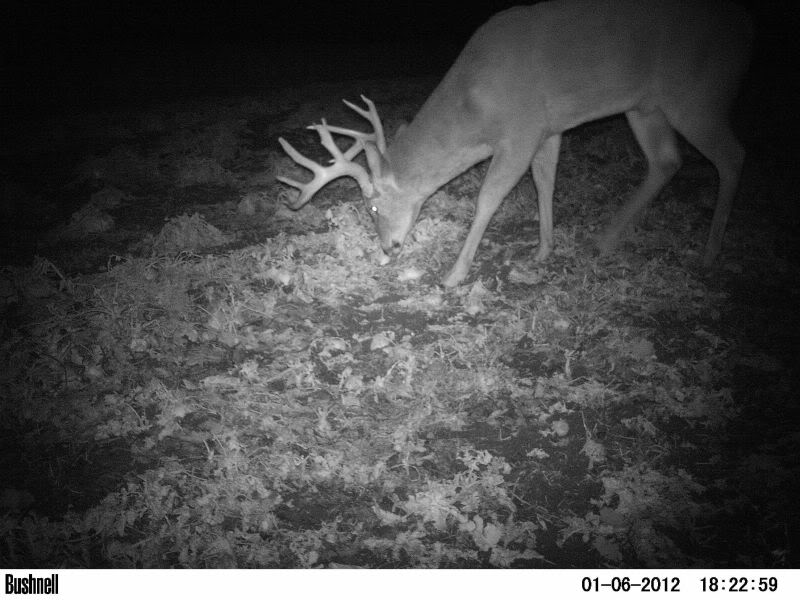

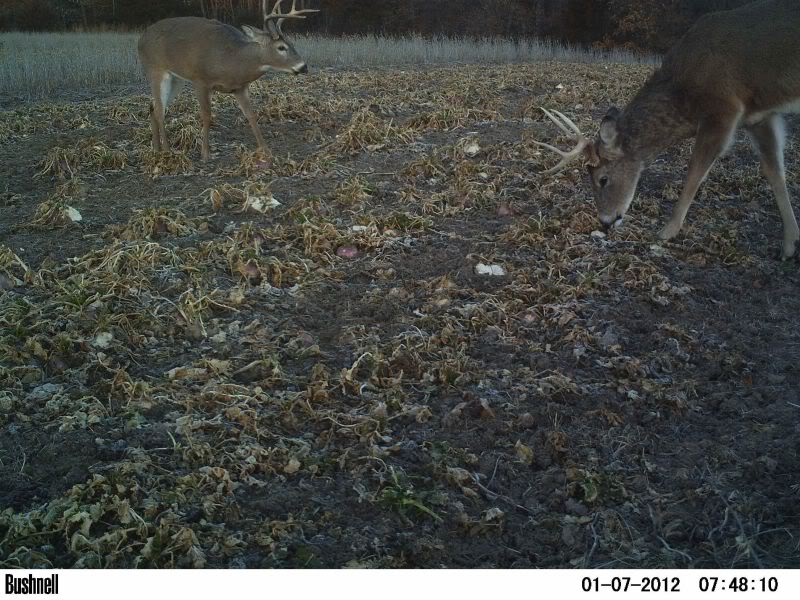
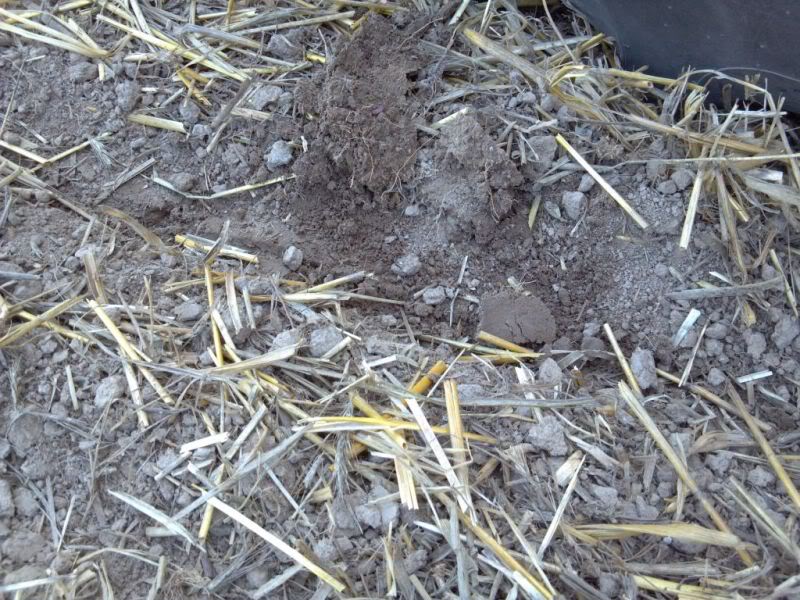
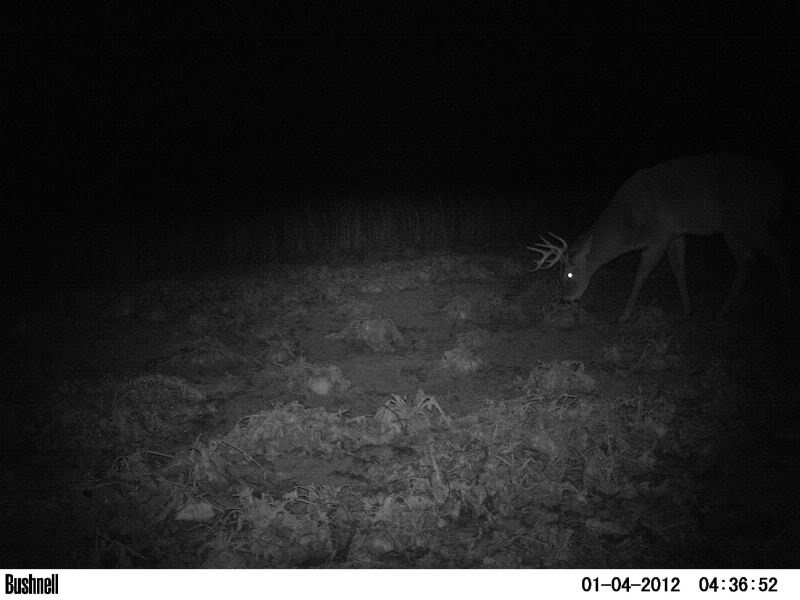

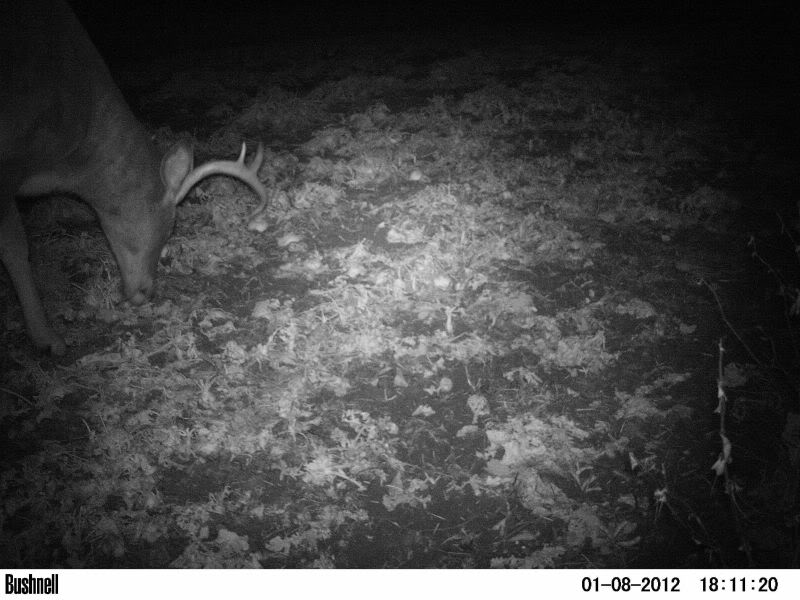












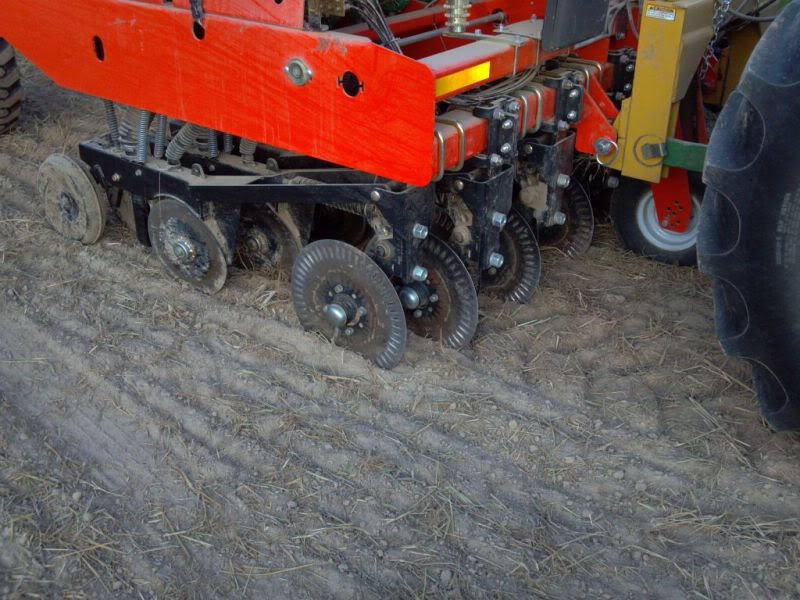





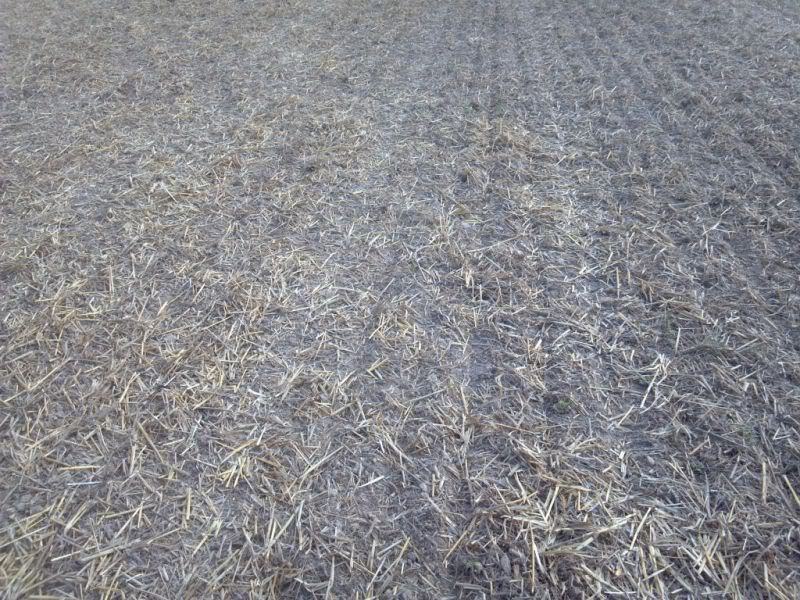





Plant ALL in one plot in strips or blocks
Alice, KopuII, Durana (or comparable) white clovers 10% of plot...plant with the rye mix below and soil test for needed P&K/lime requirements. Lacking a soil test I use 400#'s of 6-28-28 and 500#'s of pel lime in my area.
Brassicas in 45% of plot
Purple Top Turnips 3#
Dwarf Essex Rape 2#
GroundHog Forage radish 5#
Plant in mid to late July in most Midwest states, or 60-90 days before your first killing frost. Use 200#'s of 46-0-0 urea, 400#'s of 6-28-28 (or comparable such as 400#'s triple 19 ) Add lime per soil test. Follow the dead brassicas with 50#'s oats and 15-20#'s berseem and/or crimson clover in mid spring and no fertilizer is necessary at that time.
Cereal Grain combo in 45% of plot
Winter rye 50-80#'s per acre (56#'s = a bushel)
Spring oats 80-120#'s per acre (32#'s = a bushel)
Austrian Winter Peas or 4010/6040 Forage peas 20-80#'s per acre
Red Clover 8-12#'s per acre or white clover at 6#'s per acre
Groundhog Forage Radish 5#'s per acre
Plant in late August to early September, if following well fertilized brassicas only 100-200#'s of urea may be needed but first time plantings may need to be fertilized and limed as the noted for the brassicas.
Rotate the brassicas and rye combo each year
dbltree said:The following mix will probably be the best bet under difficult, drought conditions including utilizing any clover stands that survive the summer heat :way:
That said...any of us may at anytime be blessed with an inch or more of rain in the next few weeks in which case having the brassica seed in the ground can pay off.
If you don't get rain, simply plant the above mix and take advantage of the fertilizer...although it may not seem like it now...eventually we will get rain....



Paul, are these seeding rates per acre combined mix, for example for one acre: 2 Bu of Winter Rye, 2 Bu of Spring Oats , 20-30 lbs of Winter Peas, etc?
Winter rye 50-80#'s per acre (56#'s = a bushel)
Spring oats 80-120#'s per acre (32#'s = a bushel)
Austrian Winter Peas or 4010/6040 Forage peas 20-80#'s per acre
Red Clover 8-12#'s per acre or white clover at 6#'s per acre
Groundhog Forage Radish 5#'s per acre
Plant in late August to early September, if following well fertilized brassicas only 100-200#'s of urea may be needed but first time plantings may need to be fertilized and limed as the noted for the brassicas.